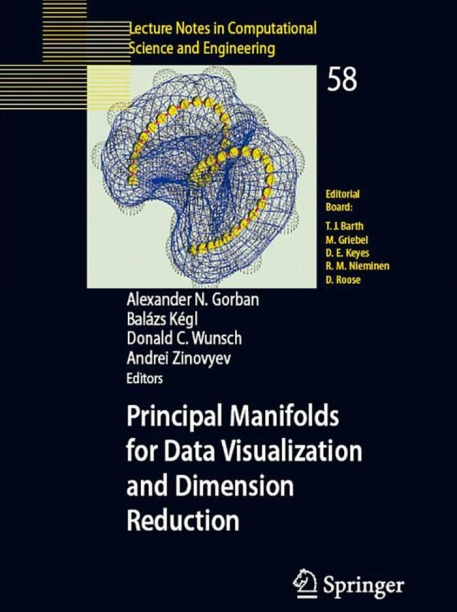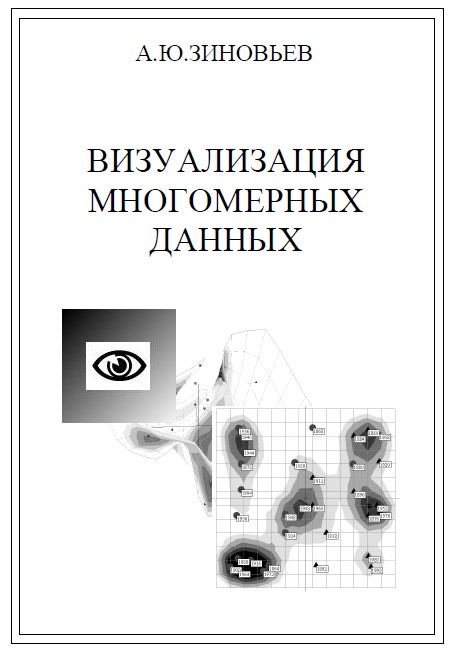My books
Computational Systems Biology of Cancer (Amazon link)
by Emmanuel Barillot, Laurence Calzone, Philippe Hupe, Jean-Philippe Vert and Andrei Zinovyev
CRC Press Inc, Chapman & Hall/CRC Mathematical & Computational Biology, 2012. p. 452
Introduction into the field of Computational Systems Biology of Cancer, from describing molecular profiling technologies to machine learning applications to omics data and mathematical modeling of molecular mechanisms implicated in cancer progression.
by Emmanuel Barillot, Laurence Calzone, Philippe Hupe, Jean-Philippe Vert and Andrei Zinovyev
CRC Press Inc, Chapman & Hall/CRC Mathematical & Computational Biology, 2012. p. 452
Introduction into the field of Computational Systems Biology of Cancer, from describing molecular profiling technologies to machine learning applications to omics data and mathematical modeling of molecular mechanisms implicated in cancer progression.

"This is the first book specifically focused on computational systems biology of cancer with coherent and proper vision on how to tackle this formidable challenge..." (c) Hiroaki Kitano
The book is accompanied by a web-site containing additional materias
The book is accompanied by a web-site containing additional materias
Principal Manifolds for Data Visualization and Dimension Reduction (Alexander Gorban, Balazs Kegl, Donald Wunch, Andrei Zinovyev (eds.)) (Amazon link, whole book text)
Lecture Notes in Computational Science and Engineering, Vol. 58 Springer, 2008, 340 pages
In 1901, Karl Pearson invented Principal Component Analysis (PCA). Since then, PCA serves as a prototype for many other tools of data analysis, visualization and dimension reduction: Independent Component Analysis (ICA), Multidimensional Scaling (MDS), Nonlinear PCA (NLPCA), Self Organizing Maps (SOM), etc. The book starts with the quote of the classical Pearson definition of PCA and includes reviews of various methods: NLPCA, ICA, MDS, embedding and clustering algorithms, principal manifolds and SOM. New approaches to NLPCA, principal manifolds, branching principal components and topology preserving mappings are described as well. Presentation of algorithms is supplemented by case studies, from engineering to astronomy, but mostly of biological data: analysis of microarray and metabolite data. The volume ends with a tutorial "PCA and K-means decipher genome". The book is meant to be useful for practitioners in applied data analysis in life sciences, engineering, physics and chemistry; it will also be valuable to PhD students and researchers in computer sciences, applied mathematics and statistics.
Lecture Notes in Computational Science and Engineering, Vol. 58 Springer, 2008, 340 pages
In 1901, Karl Pearson invented Principal Component Analysis (PCA). Since then, PCA serves as a prototype for many other tools of data analysis, visualization and dimension reduction: Independent Component Analysis (ICA), Multidimensional Scaling (MDS), Nonlinear PCA (NLPCA), Self Organizing Maps (SOM), etc. The book starts with the quote of the classical Pearson definition of PCA and includes reviews of various methods: NLPCA, ICA, MDS, embedding and clustering algorithms, principal manifolds and SOM. New approaches to NLPCA, principal manifolds, branching principal components and topology preserving mappings are described as well. Presentation of algorithms is supplemented by case studies, from engineering to astronomy, but mostly of biological data: analysis of microarray and metabolite data. The volume ends with a tutorial "PCA and K-means decipher genome". The book is meant to be useful for practitioners in applied data analysis in life sciences, engineering, physics and chemistry; it will also be valuable to PhD students and researchers in computer sciences, applied mathematics and statistics.

This book is accompanied by highly recommended site pca.narod.ru (in Russian)
Visualization of Multidimensional Data (In Russian) (whole book text)
by Andrei Zinovyev
Krasnoyarsk Technical State University Press, 2000.
Methods of multidimensional data visualization, with focus on the elastic map method: theory, applications and software.
by Andrei Zinovyev
Krasnoyarsk Technical State University Press, 2000.
Methods of multidimensional data visualization, with focus on the elastic map method: theory, applications and software.

